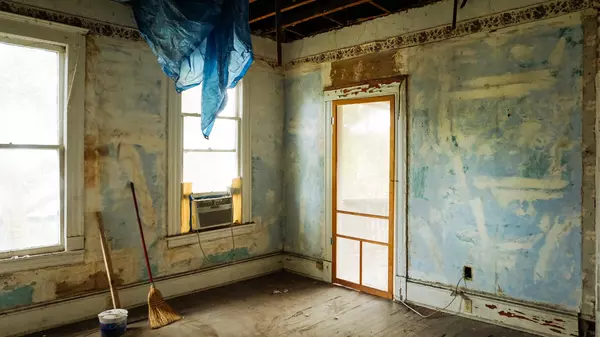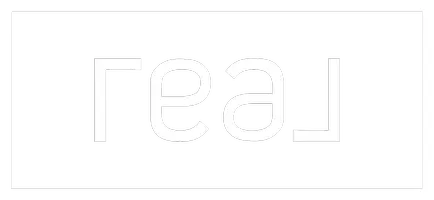Zillow’s Heat Index: Is Your Metro Area a Buyer’s or Seller’s Market?

Navigating the real estate market can feel like a rollercoaster ride even for real estate brokers like me. But as I broker, I have access to analytical tools that the average consumer doesn't and that's why I appreciate apps and websites like Zillow. Zillow has been working overtime lately to make real estate market data more accessible to consumers. Thanks to tools like Zillow’s Heat Index, understanding where your market stands has become a lot easier. This innovative index tracks the balance between supply and demand in 100 cities across the nation, offering insights into how "hot" or competitive each market is. Whether you’re buying or selling, knowing your market’s heat level can make a big difference.
What Is Zillow’s Heat Index?
The Heat Index evaluates real estate markets by analyzing factors like the number of listings, price reductions, days on market, and overall buyer interest. A "hot" market means demand outweighs supply—great for sellers but challenging for buyers. Conversely, a "cool" market indicates more options for buyers and potentially more negotiating power.
Understanding Market Categories
Markets typically fall into one of three categories:
- Seller’s Market: High demand and low inventory drive prices up. Homes sell quickly, often with multiple offers.
- Buyer’s Market: More inventory than demand gives buyers the upper hand, with slower sales and potentially lower prices.
- Balanced Market: Supply and demand are relatively equal, creating fair conditions for both parties.
How Hot Is Your Market?
Here’s a snapshot of some metro areas according to Zillow’s Heat Index:
- Hot Markets (Seller’s Advantage): Cities like Austin, TX; Miami, FL; and San Diego, CA remain highly competitive, with homes selling in days and prices continuing to rise.
- Cooler Markets (Buyer’s Advantage): Metros like Detroit, MI; Cleveland, OH; and Pittsburgh, PA offer buyers more choices and leverage to negotiate.
- Balanced Markets: Areas like Atlanta, GA, and Denver, CO are seeing stable activity, offering fair opportunities for both buyers and sellers.
Long Beach Market Snapshot
If you’re in Long Beach, you’re in a market leaning towards sellers, but it’s not as scorching as Miami or San Francisco. With its coastal charm and strong demand for housing, Long Beach continues to see low inventory and steady competition. However, subtle shifts in buyer behavior may indicate the market is cooling slightly compared to the height of the pandemic-era frenzy.
How to Navigate Your Market
For Sellers:
- Price competitively. Even in hot markets, overpriced homes can stagnate.
- Highlight key features in your listing that cater to buyer demand in your area.
- Work with a knowledgeable real estate agent to navigate offers effectively.
For Buyers:
- Be prepared to move quickly in hot markets.
- Get pre-approved for a mortgage to strengthen your offers.
- Don’t shy away from negotiating, especially in balanced or cooler markets.
Stay Ahead of the Curve
The real estate market is constantly evolving, and Zillow’s Heat Index is a valuable tool for staying informed. Whether you’re buying your first home, upsizing, or selling, understanding your market conditions can help you make smarter decisions.
Curious about Long Beach real estate or have questions about your metro? Contact me, Maiyah Jimenez, your local real estate expert. Let’s find out together—how hot is your market?
Categories
Recent Posts










GET MORE INFORMATION


